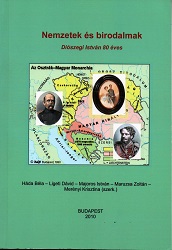



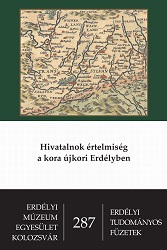
Keywords: Bartos de Sziget Family; Princely Officials
The service of the king played a particular role in upward social mobility in premodern Hungary, as the monarchs – thanks to the specific sovereign rights – had opportunities not comparable with that of the other members of society to reward subjects dear to them. Many commoners also managed to acquire nobility or seigneurial rights in the 15th and 16th centuries, thanks to their erudition (literacy and proficiency in Latin) which made it possible for them to be employed in the monarchic administration. The government of the Principality of Transylvania, a new state that emerged in the eastern part of Hungary in the mid-16th century, played a similar role. The present study gives the history of a family as an example of this.The father lived in Sziget, a small town in the north-eastern region of Hungary, and his profession possibly was that of a saddler. His sons were given an education. Péter started working at the Princely Treasury as an auditor (rationista), György supposedly served in the Princely Chancellery as a scribe, and István had been the private secretary to lords, and then worked as a scribe of the Princely Chancellery. The father already had been ennobled by a charter (this was usual among craftsmen from the end of the 16th century), and his sons were granted exemption for their plots in Sziget by the Prince. After the untimely death of the two elderly brothers, only István remained alive; he was awarded with estate donations as well by the Prince, and then entered into a marriage with a noblewoman from a well-to-do seigneurial family, inheriting landed properties by his marriage as well. After all, he used the cash from his father’s heritage or his court service to purchase the landed properties from different landlords being in difficulties. He attached great importance to good farming on the acquired landed properties. Old seigneurial families immediately accepted him, the homo novus, as one of them: this is clearly shown by the marriages of István and his children.
More...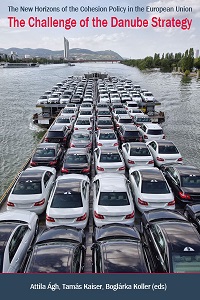
The european grouping of territorial cooperation (EGTC), established by the community Regulation 1082/2006/ec, is the first comprehensive, intentionally uniform legal platform for territorial cooperation in the european union. during the last years a couple of deep analyses were born about this legal institution, mainly with descriptive, but fortunately sometime with analytical and critical character. This is not really an academic, but rather a more policy oriented paper and would like to analyse and present the community and hungarian experiences gathered with the implementation of EGTC Regulation during the past years. it would like to identify the most important biases, which caused that this form of cooperation could not be as successful as many european and regional actors hoped for. it confronts these experiences with the main points of the EGTC supervision process, led by the european commission in 2011 and with the previous modification of the hungarian and Bulgarian national provisions. The paper formulates three hypotheses concerning the biases undermining mostly the success of this community legal tool. Firstly, that the existing incompatibilities among the national implementation provisions and the diverse implementation of the regulation by the competent national authorities create non-neglectable obstacles for the EGTC’s establishment and functioning. secondly, that albeit the EGTC could be used as a multi-level governance (mlg) platform for managing cross-border cooperation or other policy programs, this possibility is in most of the cases practically not utilised. and thirdly, the amendments of national provisions often target the creation of state authorities’ stronger control on EGTC activities, and not the supporting of a more effective functioning.
More...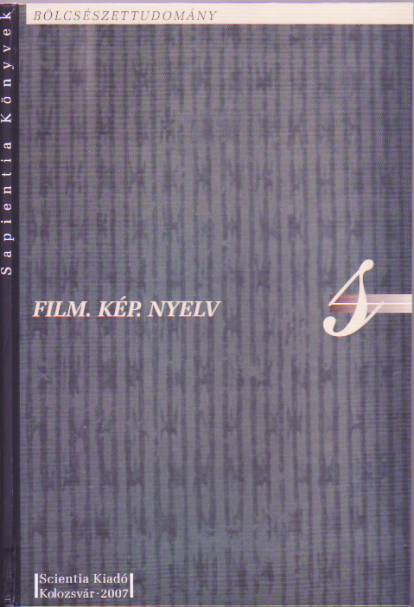
Keywords: video technology; Japanese mythology
The essay tracks down the cultural background of the seminal Jhorror, Ringu, from the Japanese Kaidan to the obscene dreams of 1980s video technology. The author argues that the quality of water in the film is primarily that of the chaos monster's propensity to fertility, which in turn is conveyed to the virus-like replication capacity in video (resulting in the qualities of instantaneity, architectonics and plasticity). The clash of cultural claustrophobia and the awful and aweful technology in biogenetic video provides a memetic transcription of Japanese mythology.
More...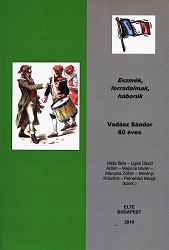
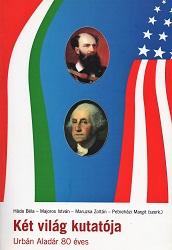


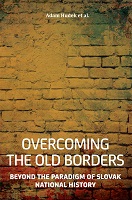
Keywords: Political Anti-Semitism; Hungary; Emancipation and Assimilation of Jews;
Jews were given a guarantee of equality by the Emancipation Act no. XVII/1867, which meant the same role for them like for all other citizens of Europe: to fulfil civil obligations and be loyal to the Hungarian statehood and the crown. They had to stop operating as a separate unit, that is, they had to suppress through reforms the cultural and ethnic particularities that distinguished them from the rest of the population and, consequently, to blend in with the majority, keeping their own religion at the most. Assimilation was intended as the consequence of emancipation and, in fact, its fulfilment. Such a liberal model, based on the Enlightenment ideals of the French Revolution, was in place everywhere in Western Europe. In the Hungarian intentions the assimilation had to take place toward the dominant ethnic Hungarian (Magyar) culture in order to strengthen its tenuous position within the boundaries of the historic Kingdom of Hungary, or, in other words, to increase at least statistically the number of ethnic Hungarians compared to other “nationalities”. In the beginning of the 20th century, Jews in Hungary amounted to about 6 % of the total population, which was a really high number compared with 1 % in Germany. The assimilation process in Hungary took place much faster than in Western Europe, or in less time, generally between the Compromise and World War I, and was most evident in the area of language. The difference was also in the fact that while the assimilation took place in the West in strong national cultures and modern economies, in Hungary it unrolled in generally less developed economic, cultural and political conditions.
More...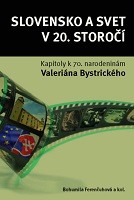
Keywords: Slovakia; history; 20th century; Valerián Bystrický;
Popredný slovenský historik a dlhoročný riaditeľ Historického ústavu Slovenskej akadémie vied PhDr. Valerián Bystrický, DrSc. sa roku 2006 dožíva významného životného jubilea. Jeho kolegovia, priatelia a žiaci mu chcú pri tejto príležitosti zablahoželať, vzdať hold výsledkom jeho vedeckej práce a upozorniť na niektoré témy, ktorým sa venoval a sú relevantné pre širšiu historickú obec. Jubilant sa narodil 22. aprí- la 1936 v Ilave a po ukončení stredoškolských štúdií v Púchove sa zapísal na Filozofickú fakultu Univerzity Komenského v Bratislave, kde v rokoch 1954 – 1959 študoval odbor história. Po získaní vysokoškolského diplomu nastúpil na dvojročnú vojenskú prezenčnú službu a po jej absolvovaní pracoval najprv v Považskom múzeu v Žiline, neskôr v Slovenskom národnom múzeu v Bratislave, od roku 1962 v Slovenskej akadémii vied – v Ústave dejín európskych socialistických krajín a napokon v Historickom ústave.
More...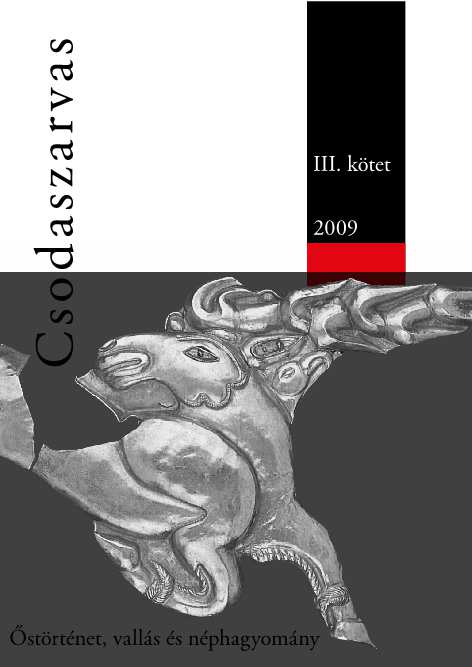
The past fifty-two years of the art and production of cartoons, or animated films, in Hungary have been marked by the elements, motifs and influences of Hungarian folk culture in one way or another. Throughout these decades, numerous films were produced which, in their subject matter, formal design or music, clearly demonstrated an affiliation with those popular traditions which we could either call popular culture, folk art, or simply folk tradition in general.
More...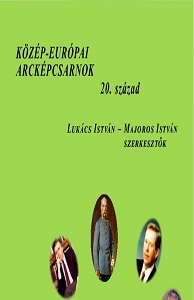
Keywords: East and Central Europe; Hungarian emigration; emigration in France; French intellectual life; French foreign policy;
Francois Fejtő as a journalist and intellectuel, expert of the communist World, was a particularly succesfull mediator of East and Central Europe in France where he emigrated in 1938 from Hungary to.
More...
Keywords: Edvard Kocbek; Christian Socialism; Personalism; Liberation Front; massacres after World; War II;
The purpose of this study is to examine the political career of Edvard Kocbek (1904–1981), the internationally recognised Slovene writer, poet, Christian Socialist thinker and politician. Kocbek became well known in 1937, after publishing a long article about the Spanish Civil War, in which he raised his voice against the fact that the main Slovenian party and the Church leadership supported Francisco Franco. In World War II he and his Christian Socialists cooperated with the communists in the Liberation Front and Kocbek has received high ranking positions after the war, but as a Christian, he had no place in the new regime and was forced to resigne. After a decade, he could publish his literary works again. In the afternoon of his life, he raised a particularly unpleasant question for the regime regarding the massacres committed by the Yugoslav Communists after World War II, which was a taboo subject till then.
More...
Keywords: Austro–Hungarian Monarchy; Czechoslovakia; Realistic Party; Young Czech Party; Russofil Pan–Slavism;
Karel Kramář (1860–1937) was one of the most significant politicians of the turn of the 19th and 20th Century and in the first decade of the first Czechoslovak Republic. He was the founder of the Czech Realistic Party with Masaryk and a Czech representative of the Imperial Council in the dualistic Monarchy, one of the most influential politicians of the young Czech party in Vienna. Kramář as the supporter of the Czech Russofil Pan–Slav movement considered useful the Russian and Balkan alliance in the foreign policy of the Austro–Hungarian Monarchy and established the Neo–Slav Movement in 1908 for the harmonization of Slav political inter-ests. During the First World War he participated in the Czechoslovak movement and was sentenced to death for treason, was released by am-nesty. Kramář was elected the first prime minister of the republic after 1918, the founding of the first Czechoslovak Republic and also led the Czechoslovak delegation on the Versailles Peace Talks, but in the mid–twenties he gradually lost his political influence.Keywords: Austro–Hungarian Monarchy; Czechoslovakia; Realistic Party; Young Czech Party; Russofil Pan–Slavism;
More...
Keywords: Jenő Rákosi; chauvinism; nationalism; anti-Semitism; westernization; modernization; media history; history of literature;
Jenő Rákosi (1842–1929) was writer, translator, journalist and he took part in the political life as well. Although he had a German origin (his mother's native language was German), as the founded director of Népszínház (Folk Theatre) and the founded editor in chief and the own-er of a nationwide daily (Budapest Hírlap) he became an important lead-er of the campaign (policy) of the Hungarian cultural assimilation and chauvinism. He wanted the members of the national minorities to be-come Hungarians partly because of that liberty and prosperity which should have characterized Hungary according to his purpose. It means that his political beliefs can be described as liberal and nationalist ones in the same time. His political aim was a kind of modernization (Westerniza-tion) of Hungary but in a Hungarian nationalistic manner.
More...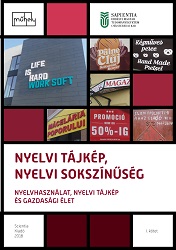
Keywords: linguistic landscape of Komi-Permyaks
The present paper aims to present the linguistic landscape of Komi-Permyaks, a Finno-Ugric speech community in the territory of Perm Krai, Russia. After a brief theoretichal introduction, we provide basic information about the Komi-Permyak people and their history. Then we describe the linguistic landscape of Kudymkar, the “capital” of the territory. In our research, we use the well-known frame of linguistic landscape by Laihonen, which had to be slightly modified in line with the given data.The last part of our paper describes the linguistic landscape of rural Komi-Permyak life by showing 3 villages: Doyeg, Peshnigort, and Antipin.
More...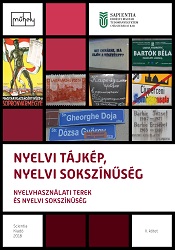
Keywords: immigrant children’s education; integration
The successful integration of immigrant children into the public education system largely depends, on the one hand, on the students’ ability to get the most out of their skills in the course of learning the language, progressing in their subjects, and building their social network, and, on the other hand, on the ability of the school – functioning among many other things as the host community – to accept and support them. Based on the findings of the NyelvEsély project and the case study project of my doctoral dissertation, the present study underlines the significance of social networks, as schools, due to their institutional nature, are the most important environment of children’s social integration. In terms of social influence, the community of the school can be divided into two groups: teachers and other school staff, and students. Interviews with the members of the two groups clearly show certain thematic categories which strongly influence the relationship between immigrant students and the host community, revealing a complementary nature in some cases and causality in others. In addition to the above-mentioned thematic categories, the study also identifies the points of the integration process where supportive programmes could be added to the system at an institutional level to promote a more supportive and inclusive educational system.
More...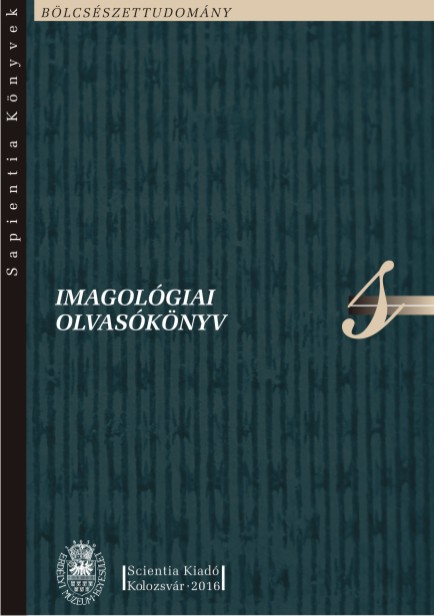
Keywords: national character; geopolitics; poetics; anthropology; cultural pluralism;
More...